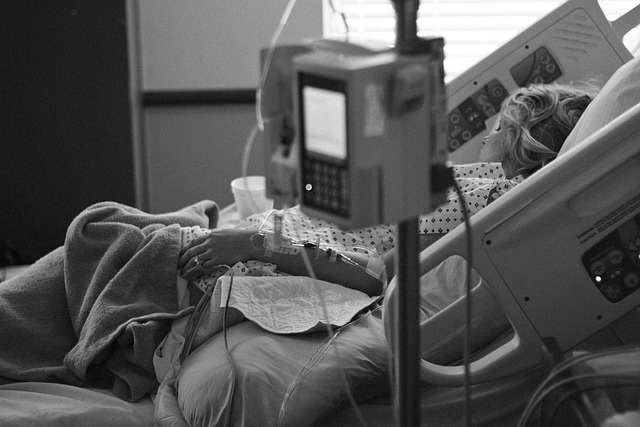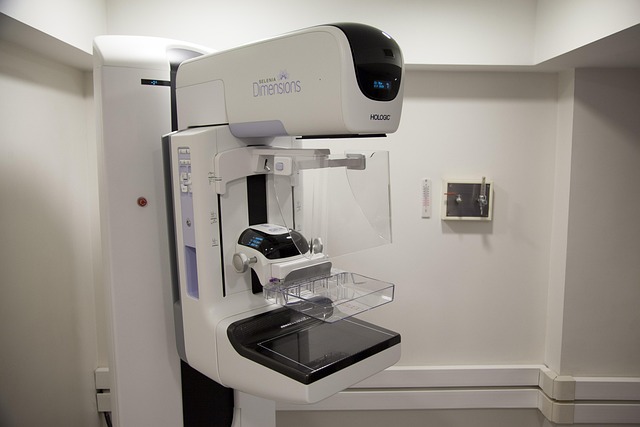Breast cancer is the most prevalent type of cancer among American women. Additionally, 20 to 25% of all U.S. breast cancer diagnoses are ductal carcinoma in situ (DCIS). According to the Breast Cancer Research Foundation, around 59,080 new cases of this cancer will be diagnosed this year. The good news is that the vast majority of people diagnosed with DCIS, also known as stage 0 breast cancer, can be treated and cured. However, having DCIS can increase your risk of developing invasive tumors later on. Thankfully, a new study has revealed that a specific menopause drug can drastically reduce that risk.
How DCIS Is Currently Treated

Categorized as a non-invasive cancer, DCIS is usually detected during a routine mammogram. Luckily, DCIS patients have a 98% recovery rate after 10 years when the cancer is surgically removed. Many DCID patients also receive additional treatments such as hormone therapy and radiation to increase their likelihood of staying free of cancer. However, the side effects that accompany these treatments can often be debilitating. According to a new clinical trial undertaken by Northwestern University, a menopausal drug used by many to relieve their symptoms could also potentially reduce the risk of developing invasive breast cancer.
The Menopause Drug Clinical Trial

For the clinical trial, the research team recruited 141 postmenopausal women who had been diagnosed with DCIS. Half of the participants were given a placebo for the 30 day period between receiving their diagnosis and undergoing breast cancer surgery. The other half were administered a drug called Duavee, which is usually prescribed for addressing the symptoms associated with menopause. This menopause drug contains estrogen hormones and bazedoxifene. The latter is a molecule that will either dampen or promote the utilization of estrogen in the body, depending on the tissue it is located in.
Results of the Menopause Drug Clinical Trial

The results of the clinical trial were very encouraging. The participants who had been administered the menopause drug exhibited significantly less cancer cell growth in the breast tissue by the date of their surgery. Additionally, compared to the placebo, there was no impact on their quality of life. According to one of the surgeons from Northwestern University, Swati Kulkarni, “What excites me most is that a medication designed to help women feel better during menopause may also reduce their risk of invasive breast cancer.”
Read More: Women Who Start Menopause Before a Certain Age More Likely to Die Young
No Debilitating Side Effects From the Menopause Drug

Additionally, the participants who took the menopause drug experienced none of the debilitating side effects that accompany the other cancer treatments. Instead, it is reported to improve the quality of life of those going through menopause. More studies will still need to be undertaken to confirm these findings. However, the team feels that for now, anyone experiencing the symptoms of menopause, as well as having an elevated breast cancer risk, would likely benefit from taking the drug.
A Safe and Effective Option

This option is especially welcome news for women who previously had cancer lesions who cannot use existing hormone treatments to address their menopause symptoms. This is because the use of hormone treatments increases the risk of breast cancer coming back. In their conference abstract, the researchers stated that “These results support consideration that [Duavee] is a safe option to manage menopausal symptoms for women concerned about their risk of developing breast cancer, and provide supportive evidence that [Duavee] may reduce the risk of developing invasive breast cancer.”
Read More: Cancer Drug Breakthrough Could Mean Disease is No Longer a Death Sentence
What Are the Symptoms of DCIS?

It’s always important to treat any form of cancer as soon as possible. This will significantly increase your chances of a full recovery. Most people diagnosed with DCIS do not experience any symptoms at all. On rare occasions, some women may discover a lump in their breast or notice nipple discharge. However, DCIS is most typically discovered during a mammogram screening. In fact, the diagnosis of DCIS in women has significantly increased since regular mammogram screening became more widespread.
Identification of DCIS

During a mammogram screening, a radiologist will look for the appearance of localized or widespread microcalcifications. If these are discovered, then an additional mammogram will be taken at higher magnification. If the area is considered cause for concern, then they may do additional imaging followed by a breast biopsy. Once the tissue has been surgically removed and sent to the lab for testing, a diagnosis can ultimately be made. Once the diagnosis has been made, the physicians can then start to administer treatments.
The Bottom Line

The good news is that a DCIS diagnosis is by no means life-threatening and, in most cases, can be cured. However, the disease does increase future risk, so finding ways to safely minimize that risk is vital. Thankfully, this menopause drug can both treat the symptoms of menopause and lower the risk of future cell growth. This offers millions of women around the world the opportunity to enjoy their menopausal years with good health and quality of life.
Read More: Breakthrough Breast Cancer Drug Eliminates Tumors in Mice

